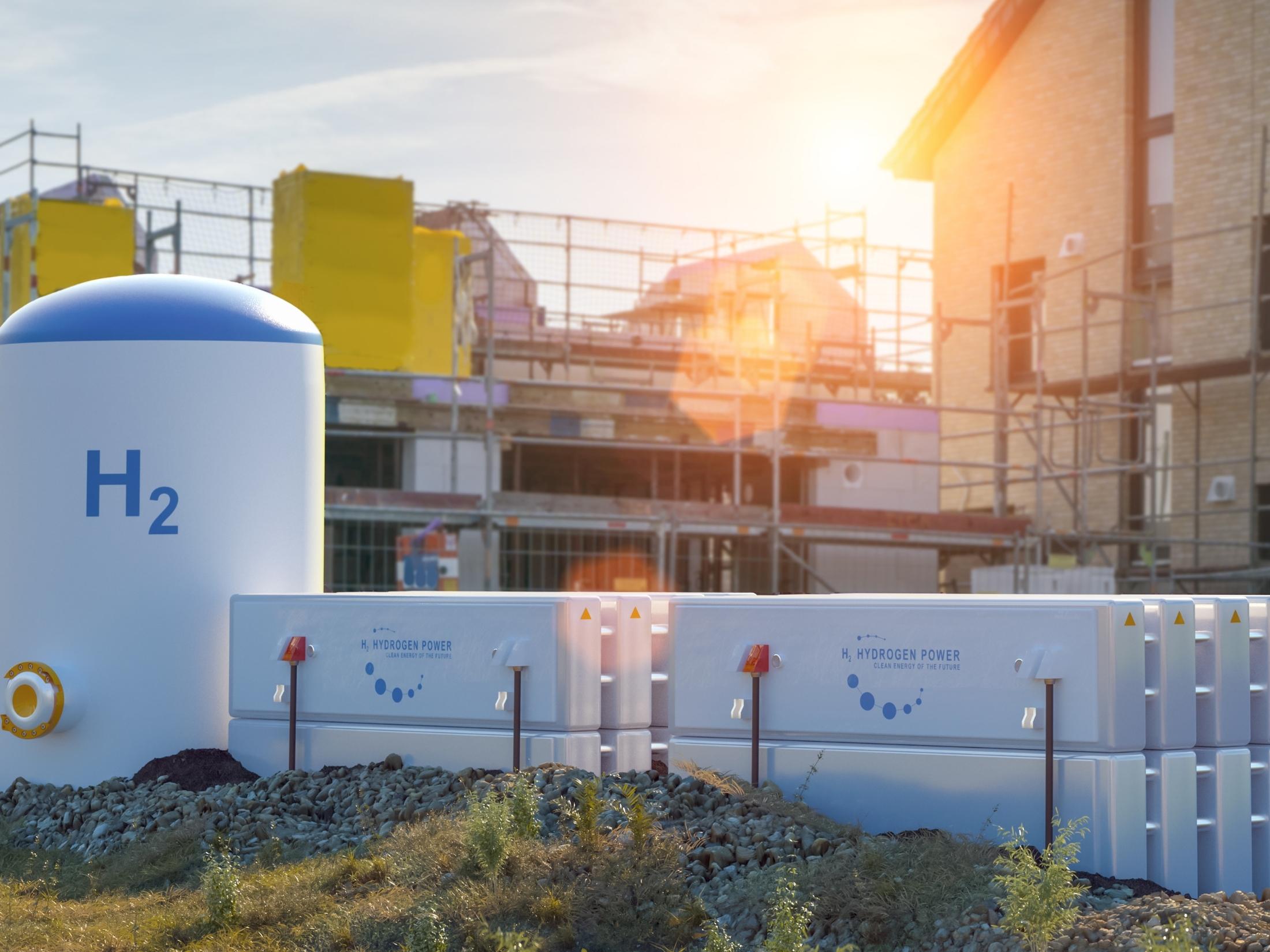Note: This blog was published May 6, 2025.
Last Monday, a widespread power outage hit Spain and Portugal, plunging the region into darkness for about 18 hours before power was restored.
Within minutes of the blackout, people with political agendas flooded the zone on social media to cast blame on their favorite culprit: renewable energy. To be clear, the power company and government experts in Europe are still investigating the causes of the outages. Complex system failures like this one can take time to untangle.
But that hasn’t stopped renewables critics from sharing their hot takes. Unfortunately, they’ve been predictable. Even the Wall Street Journal ran an opinion article blaming solar energy for the blackout, but noted in the very same article that “the discrete triggering event isn’t yet known.”
So, what really happened? The short answer is: We don’t know yet. The reasons are likely to be highly technical and complicated – which is why we shouldn’t jump to unfounded conclusions.













